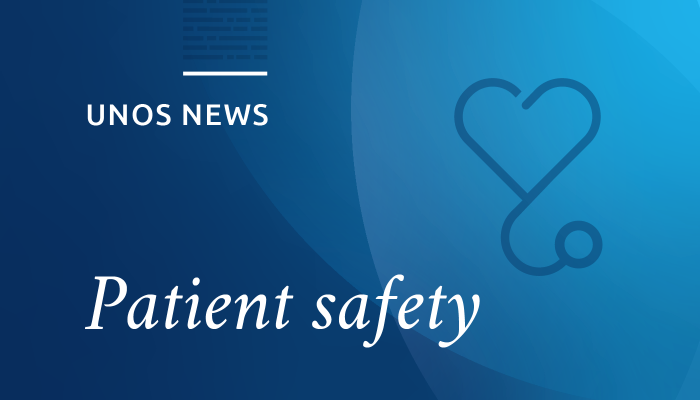Since May 2022, an increasing number of monkeypox cases have been identified globally, particularly in regions where monkeypox is not endemic. The OPTN Ad Hoc Disease Transmission Advisory Committee (DTAC) is evaluating this situation as it develops and will consider providing a summary of evidence document to reflect current scientific findings.
To date, there are no known reports of monkeypox transmission through solid organ transplantation. However, given the increasing number of monkeypox cases globally and the unknown risk of transmission through solid organ transplantation, organ procurement organizations (OPOs) should be aware of the signs and symptoms of monkeypox infection and assess potential donor exposure history. The U.S. Centers for Disease Control and Prevention (CDC) has published monkeypox case definitions, as well as recommendations for healthcare providers should they encounter a potential case of monkeypox.
Incubation period and symptoms
The incubation period for monkeypox is generally seven to 14 days, but can range from five to 21 days from exposure. Early symptoms of monkeypox infection are often similar to other non-specific viral illnesses, and can include fever, malaise, headache, muscle aches, chills, and swelling of the lymph nodes.
Approximately one to seven days after the onset of fever, patients may develop a rash beginning on the face and spreading to other parts of the body. This rash may last from two to four weeks. During this period it progresses from macules to papules to vesicles to pustules. Individuals with monkeypox are considered contagious for five days prior to the onset of the rash and remain contagious until all scabs have fallen off.
Recent cases of monkeypox have presented with atypical features, including mild or absent initial non-specific viral symptoms and onset of rash in genital or perianal areas with or without dissemination to other parts of the body. This rash can be confused with sexually transmitted infections.
What to do in case of suspected infection
If a patient has a suspected infection, the CDC has published guidance on preparation and collection of specimens, and testing may be coordinated through the Laboratory Response Network, local public health departments, and certain commercial laboratories.
As always, transplant programs and OPOs should utilize the OPTN Patient Safety Portal to report any known or suspected situation involving any potential donor-transmitted disease.

